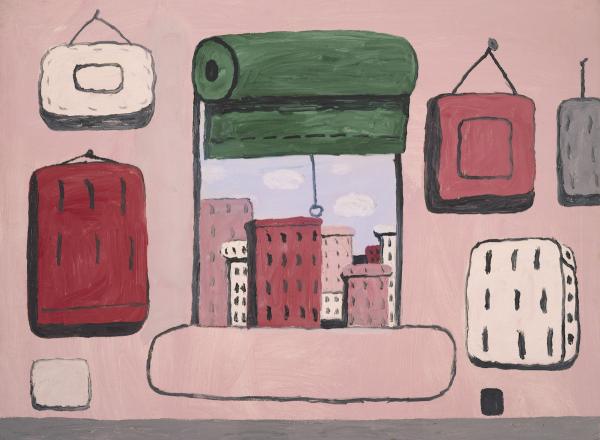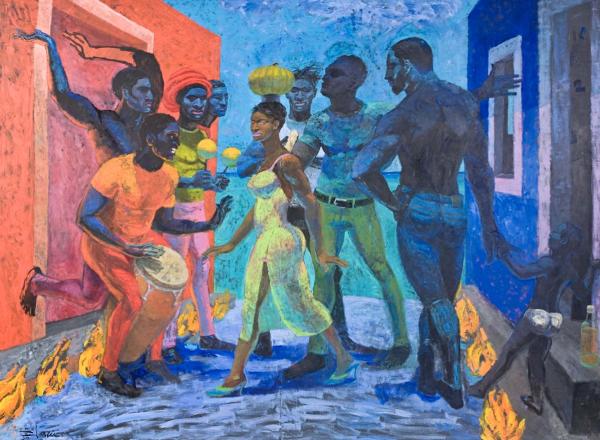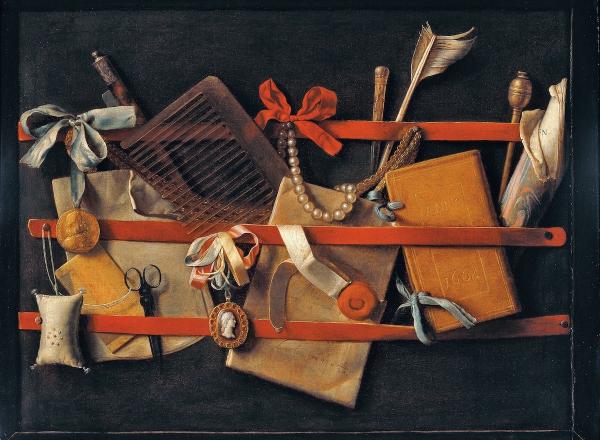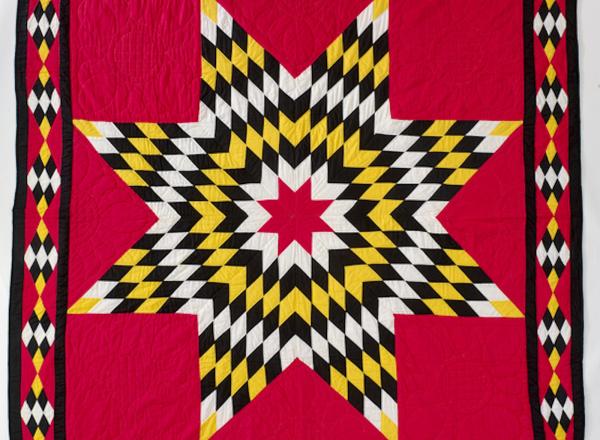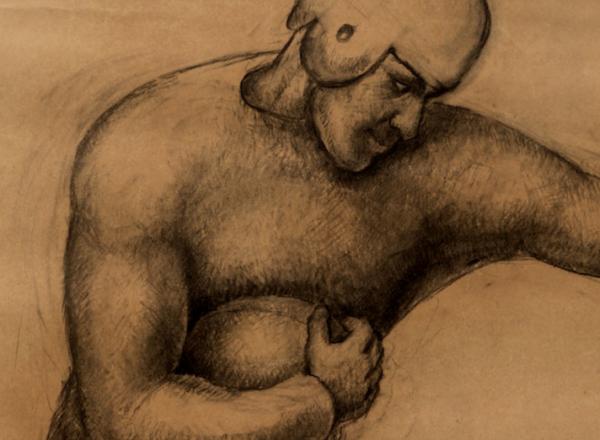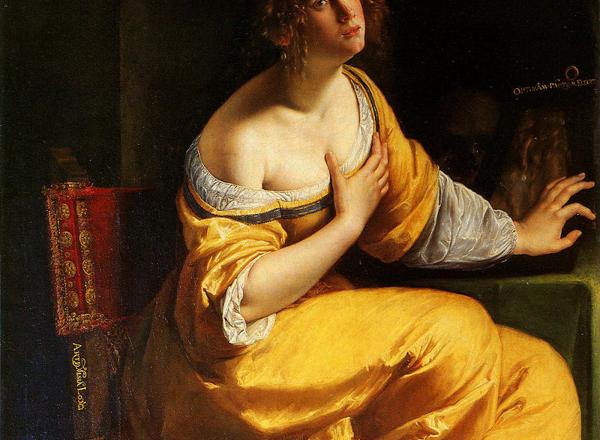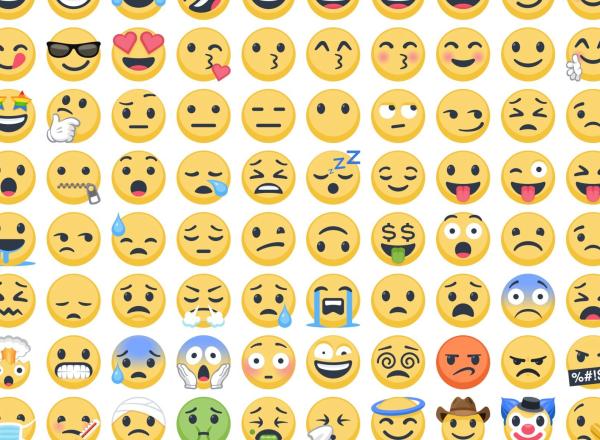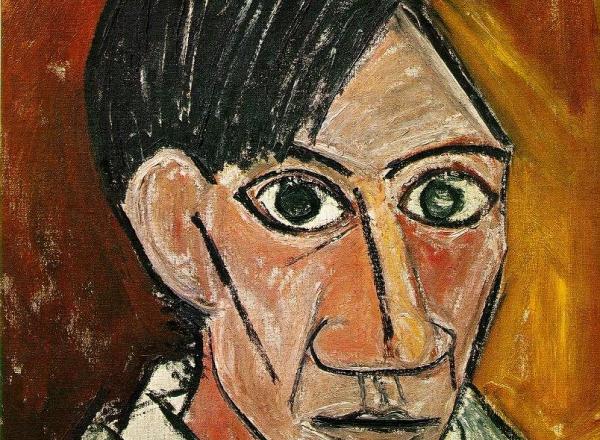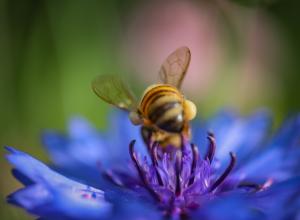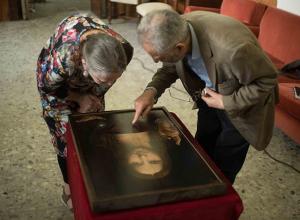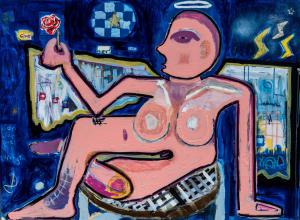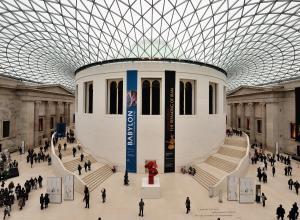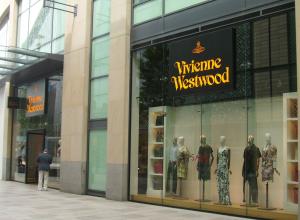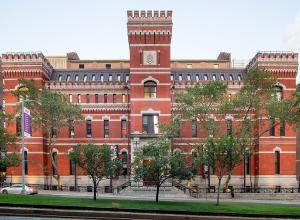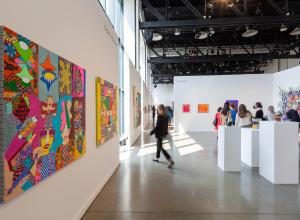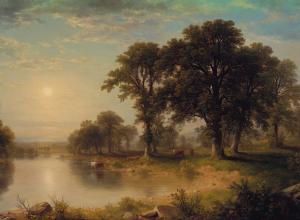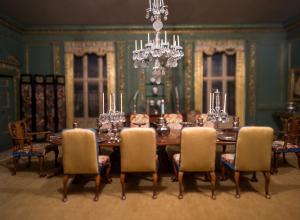Philip Guston was one of the most courageous and controversial painters to come out of the New York School of Abstract Expressionism. Critics called the 1950s Guston’s “mandarin” (influential) years. For years, he’d been creating paintings that were abstract and lush. Suddenly, he deviated, yearning to break free.
Art News
On Sunday, September 18th, Hurricane Fiona slammed into Puerto Rico with devastating effects. With over two feet of rain causing mudslides and destroying homes, Fiona has left Puerto Ricans without electricity, water, and shelter, bringing back agonizing memories of another storm, Hurricane Maria, that hit the island almost five years prior in 2017.
A fascinating thing about our eyes is their ability to deceive us. From how our visual system and brain perceive an image in front of us, the optical illusion prevails. Imagine you stroll down a cement sidewalk and stumble upon what appears to be a massive gap. You’ll most likely back up, blink a few times, and suddenly that enormous ditch evolves into a complex sketch manifested out of colored chalk.
Folk art reflects the stories of survival and heritage among often underrepresented peoples. Its distinction as being a separate entity from fine art was originally due to the class structure of European society since it was classified as “an expression of the common people” in 1932 by Holger Cahill, then-director of the MoMA.
From honorary sculptures that celebrate athletic valor, to Realist portraits that humanize individual team members, to Abstract prints that raise uncomfortable questions about violence and pain, the following seven artists prove that this American cultural phenomenon is ripe for increasingly-diverse artistic engagement.
Artemisia Gentileschi (1593-1653) was born in Rome and died in Naples, by which time she was arguably considered one of the most significant Italian Baroque painters. At the age of seventeen, Gentileschi was sexually assaulted which some scholars suggest explains the dramatic nature and subject matter of her art.
Those original 176 emojis covered themes like weather, modes of transportation, sports, technology, and of course, emotions. But if you’re thinking emojis get their name from the “emo” in emotion, you would be wrong—According to MoMA, “e” meant picture, while “moji” meant character.
Pablo Picasso, arguably the most recognized name in 20th-century art, is also one of the most frenetically prolific, and well-documented.
As the British-Australian photographer Tim Page confirmed during an interview in 2019: “Vietnam was the first and last war with no censorship.”For some photographers, the search for gory and violent images became almost a challenge. For others, Philip Jones Griffiths above all, recording the Vietnamese horrors widened the purpose of their craft in order to reveal the futility of war and its everlasting consequences.
In Kehinde Wiley's first renowned works, he replaced white royalty, nobility, and saints with young Black men. "Rumors of War" is, among other things, a continuation of his determination to address the representation, or lack thereof, of Blackness throughout art history.




